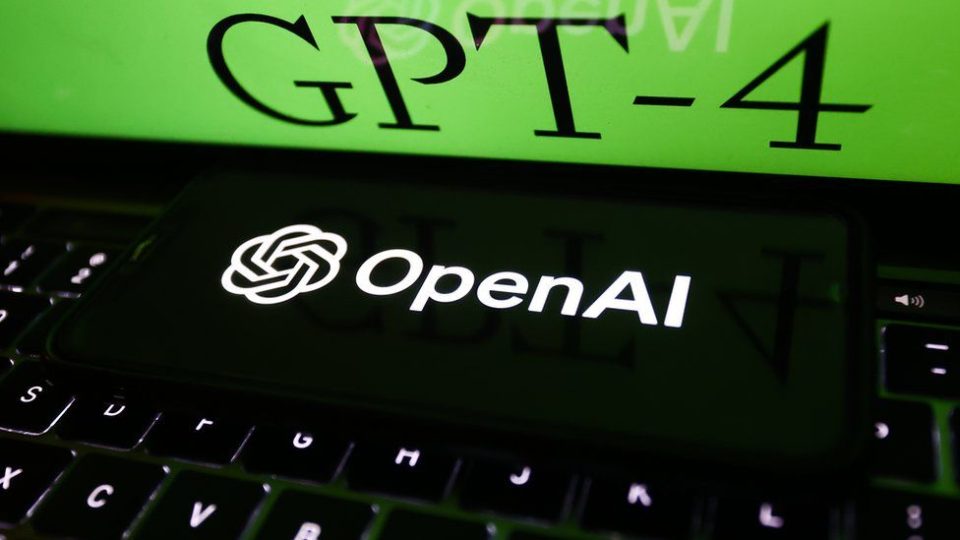OpenAI recently announced the release of GPT-4, its latest AI model for image and text understanding, claiming that it exhibits human-level performance on various professional and academic benchmarks.
The San Francisco-based tech company claims that GPT-4 is the latest milestone in its effort to scale up deep learning. GPT-4 has been highly anticipated since the success of ChatGPT. ChatGPT answers questions using natural human-like language and can mimic other writing styles.
OpenAI states that GPT-4 is safer and more accurate than its predecessor. Paying users can access the model via ChatGPT Plus, while developers can sign up on a waitlist for API access.
What is GPT-4?
GPT-4 is a large multimodal model that can accept image and text inputs and generate text outputs, performing at a “human level” on various professional and academic benchmarks. Compared to its predecessor, it is more reliable, creative, and capable of handling nuanced instructions and processing up to 25,000 words. It is also capable of generating, editing, and iterating with users on creative and technical writing tasks and accepting images as inputs.
GPT-4 can understand both images and text. It can caption and interpret relatively complex images and identify objects within them. OpenAI is also introducing a new API capability, “system” messages, that allows developers to prescribe style and task by describing specific directions. It has been tested on various benchmarks, including simulated exams designed for humans, and performs well in low-resource languages.
More Creative, Still ‘Flawed’?
GPT-4, like its predecessors, has several limitations and potential risks. OpenAI acknowledges that it still has biases, may generate false information and can make errors. It may “hallucinate” facts, fail at challenging problems like humans, and accept false statements as true. The model is also limited in its knowledge of events that occurred after September 2021, which can lead to simple reasoning errors.
OpenAI has improved the model’s safety and reliability despite these limitations and risks. The company has engaged with experts to adversarially test the model and collected additional data to improve its ability to refuse dangerous requests.
However, generating content that goes against usage rules is still possible, and caution should be taken when using language model outputs, particularly in high-stakes contexts.
How Will It Be Useful?
GPT-4 is the latest and most advanced language model yet, which has already been adopted by Microsoft’s Bing search engine and various third-party apps. Its ability to process visual inputs is being tested by Be My Eyes, which has implemented a new Virtual Volunteer feature to answer questions about images sent to it. Other companies have also begun to use GPT-4 in various ways.
Duolingo has integrated it into a new language learning subscription tier, and Stripe uses it to scan business websites and streamline user experience while combating fraud. Morgan Stanley also uses GPT-4 to organise its vast knowledge base and retrieve relevant information for its financial analysts.
In addition to these early adopters, Khan Academy is exploring the potential of GPT-4 in a limited pilot program. The Icelandic government is also using the AI model to preserve its language.
Conclusion
As GPT-4 gains traction, it is expected to become more integrated into people’s daily lives. OpenAI recognises that there are still limitations and risks associated with the language model, including biases and errors. OpenAI aims to make the development of these models more inclusive and representative by expanding input from a diverse group of people.






